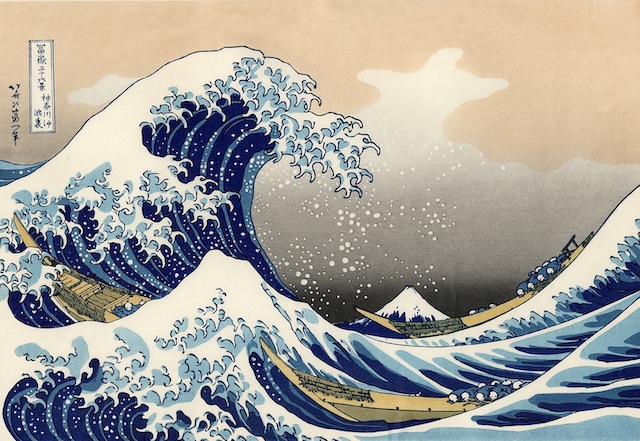Every day at 5:00pm, the gentle melody of the Japanese children’s song rings out across our neighborhood from a loudspeaker in a local park – one of hundreds of loudspeakers situated at schools and parks throughout Tokyo.
The daily jingle does more than signify the arrival of evening. It is a test of the system that has been designed to warn Tokyoites of an earthquake striking the most populous city in the world.
Natural disasters are a reality of life in the island nation of Japan –– earthquakes, typhoons, tsunamis, volcanic eruptions, floods and landslides.
Japan lies on the infamous Pacific Ring of Fire, the most seismically active area in the world and has about 10 per cent of the world’s active volcanoes. The most famous, Mount Fuji that is visible from Tokyo on clear days, last erupted in 1707 but is still active.
Around 1,500 earthquakes strike Japan every year and minor tremors occur somewhere nearly every day. Experts say the question is not IF a magnitude 7 earthquake will hit Tokyo before 2050, but WHEN.
National and local government agencies maintain sophisticated disaster monitoring, warning and recovery systems. When earthquakes or severe weather conditions are expected or occur, the Japan Meteorological Agency issues official advisories and warnings. Recognizing that survival requires planning, the government agencies provide the public with significant preparedness information.
For example, the Meteorological Agency publishes National Seismic Hazard Maps for Japan. One displays probabilistic evaluations of earthquake occurrences for specific locations and another, the Scenario Earthquake Shaking Maps, show strong motion scenarios for probable location specific earthquakes.
Another example are visible reminders of potential dangers. Tokyo, given its seaside location and network of large and small rivers, is very vulnerable to flooding when heavy rains cause major rivers to overflow. The Tokyo municipal government provides area flood hazard maps, warning signage and buildings in areas most likely to flood display expected high water markings.
However, much of the country’s disaster preparation comes down to personal responsibility.
The Tokyo Metropolitan Government published a disaster preparedness book to help get the residents of Japan’s capital ready for “the big one”, the earthquake long conjectured to take place with an epicenter under the city itself. The book, which translates as “Tokyo Disaster Prevention”, carries the subtitle “Let’s Get Prepared!” is available in English.
People are advised to maintain a “Disaster Kit” with enough food, water, first aid supplies and essential items to survive for up to a week. Keiko has provisioned our kit in a backpack and has identified the local shelters that accommodate pets.
We have also taken other precautions, bolting or otherwise securing furniture, like the 65” tv, clothing cabinets and bookcases to the wall so they won’t topple over during an earthquake.
I find it interesting that the thought of being impacted by a natural disaster is not at the top of my mind. Perhaps that is because I have confidence that the government will do its best to forecast and issue advisories and warnings of potential natural disasters. Perhaps more significant is that I know everyone is ever mindful of and prepared for such occurrences, and together we will help each other survive. That is a really nice feeling. I am alive and well, and loving it!







